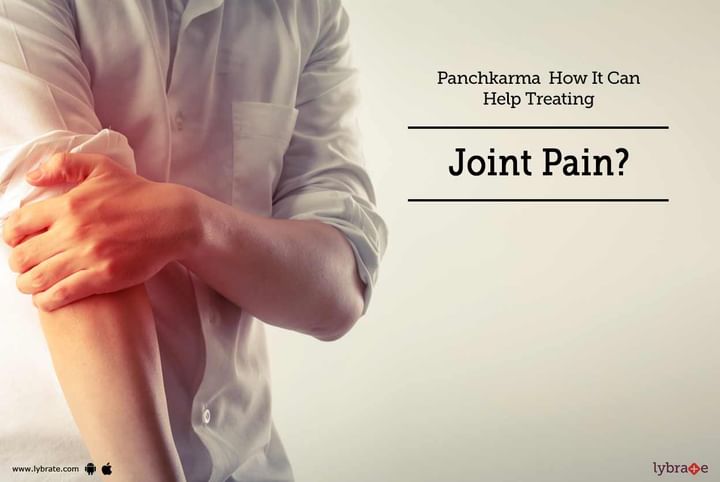Panchkarma - How It Can Help Treating Joint Pain?
Joint pain plagues many people as we grow old and sometimes, even middle-aged men and women suffer from the same. Hectic lifestyle, lack of exercise, consumption of junk food and pollution are often the causes. And according to Ayurveda, accumulated toxic matter in the stomach is the reason behind such pains, since they imbalance the three doshas. In other words, when the gastric fire or agni doesn’t digest the food properly, Ama Rasa or the undigested juice mix with Pitta, Kapha and Vata.
As a result, joints get inflamed and you suffer from aches. For treating this ailment, the Panchakarma treatment is the most effective apart from taking up yoga, watching weight and other home remedies using natural ingredients like ginger, clove, turmeric and fenugreek.
What is Panchakarma?
Panchakarma essentially means “five therapies” for the holistic detoxification and purification of the body. It comprises of 5 therapeutic treatments for eliminating stress and toxins, and balancing the doshas or energies which help us execute all biological functions. These treatments are known as Vamana, Virechana, Nasya, Basti and Raktamoskshana.
How does each treatment work?
- Vamana: This treatment removes toxins in the respiratory tract and is an emesis therapy offered to those suffering from high Kapha. This therapy helps with bronchial asthma, hay fever, vitiligo, chronic allergies, hyperacidity, chronic indigestion, obesity, skin ailments, oedema and more.
- Virechana: Also known as purgation, Virechana eliminates toxins from the gallbladder and liver. It safely cleans the gastrointestinal tract and helps in dealing with ailments like chronic fever, asthma, skin problems, diabetes, constipation, psoriasis, vitiligo, headaches and even gynaecological problems.
- Basti: This therapy refers to enema or colonic irrigation and removes toxins from all 3 doshas through the colon. It rejuvenates the body as well since medicated oil or ghee is used for cleaning the colon and energising the muscle. Benefits include the treatment of colitis, paraplegia, cervical spondylosis, infertility, irritable bowel syndrome, sciatica, piles and so on.
- Nasya: In this treatment method, medicated oil is passed through the nose to eliminate Kapha toxins from the neck and head. It can be administered for 30 days, and benefits ailments like neuralgia, insomnia, excess mucus, premature hair greying, loss of smell and taste, nasal allergies, migraines, nasal polyps, sinusitis, and so on. This therapy also improves voice clarity, memory and eyesight.
- Raktamokshana: In very rare cases, this blood-cleansing therapy is suggested, but it does involve some amount of infection risk.
How will Panchakarma diet help?
A specific Ayurvedic diet is suggested to patients undergoing the Panchakarma treatment, and it is monitored closely to make sure that the diet is being followed religiously. This might involve the consumption of warm ghee, flaxseed, triphala powder, special types of herbal teas, steamed vegetables and so on. Use of castor oil is beneficial in case of osteoarthritis. Avoid stale and fermented food. The exact diet chart will be provided by the Ayurveda specialist. The Panchakarma treatment is only effective when the advised diet is followed.
In case you have a concern or query you can always consult an expert & get answers to your questions!



+1.svg)
